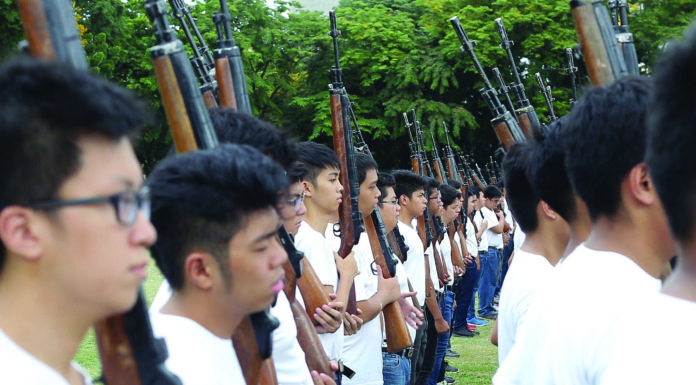
UST NOW has its first cases of influenza A(H1N1) virus. With more than hundreds cases nationwide and still counting, it was just a matter of time for A(H1N1) to strike the University campus despite a massive information campaign and tough precautionary measures.
The confirmed UST cases were all students, prompting University officials to shut down four University buildings, including the gym. Students from the Medicine, Engineering, Accountancy buildings were also placed on “automatic” quarantine, barring them from entering other University buildings up to June 30. We credit University authorities for the quick response.
But UST cannot afford to suspend classes every time a new case is discovered, considering A(H1N1) symptoms are mostly mild and treatment is no different from that required to cure the seasonal flu. One government official even compared it to sore eyes.
Indeed, UST officials have decided that only a “partial” class suspension would be declared in such an instance. A lone case that has already been placed in quarantine should not dictate the movement of everybody else.
As much as the University wants to keep Thomasians safe from the virus, health is a personal responsibility. It is also the obligation of a person with flu-like symptoms to take the necessary measures or seek medical help. It is selfishness for someone to spread the virus out of carelessness, or even stubbornness.
Just like the Department of Health, the University can only do so much. It can disseminate as many red fans as it could to students, but in the end, it is up to them to follow the health advice. It can ask security guards to wear masks, but it cannot impose the same thing on students.
It was not a failure of the UST administration that the virus is already in campus. UST had moved the opening of classes even before the Commission on Higher Education postponed it nationwide to June 15. But it must be understood that the University is a public place, and with people around Sampaloc going in and out of the campus each day, we are lucky to have only a few cases as of the moment.
The discovery of the first Thomasian cases should not be a cause for panic. The Health department has been reiterating the “mild” nature of the A(H1N1) virus, and the high recovery rate of those infected, now at 80 percent. Even the World Health Organization had been very cautious before declaring a pandemic, noting that only 0.5 percent of those infected worldwide died as a result.
The fear of the virus was brought about by its contagious nature. Given that, people should start using their commonsense whenever new cases are disclosed by health authorities to the media. These reports do not intend to alarm us, but rather help us plan to prevent the virus from spreading into our own communities, while continuing our day-to-day activities.















